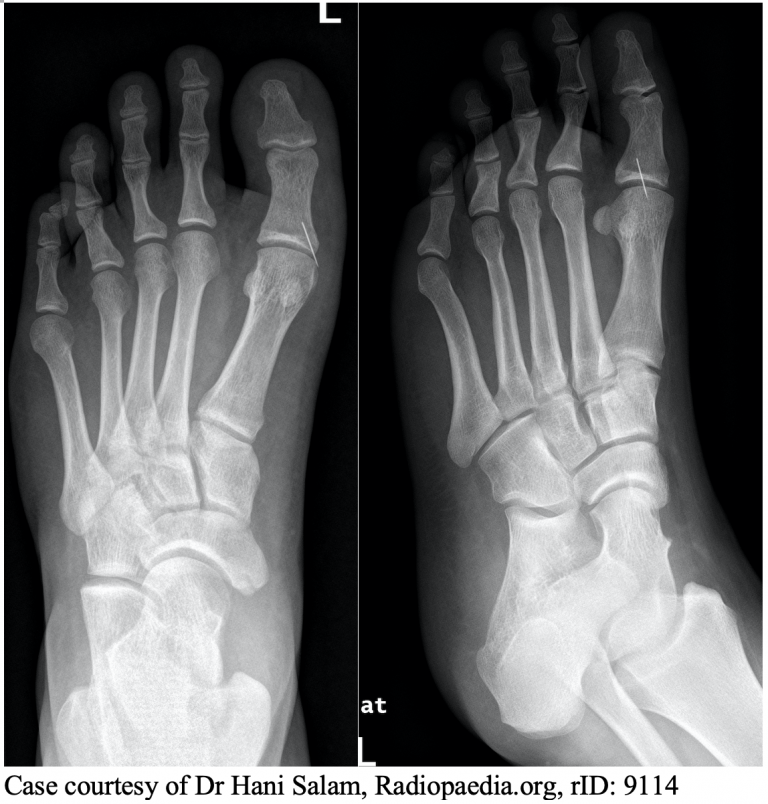Revision Resources
Recent Posts View All
October FOAMed
A Case of Inability to Move the Knee

29-year-old F presents to ED with acute onset knee pain. Reports hearing an audible “pop” after twisting her leg while running down the stairs at home. She explains that her right knee is stuck, and she can neither flex nor extend it. What is the suspected diagnosis?
Spontaneous Coronary Artery Dissection (SCAD)

Spontaneous coronary artery dissection (SCAD), once thought of as a rare “zebra” diagnosis that was universally fatal, is now being increasingly recognized as a cause of acute coronary syndrome (ACS), particularly in women due to increased vigilance, greater utilization of coronary angiography and advanced imaging. Despite these advances, SCAD still remains one of the most enigmatic syndromes in cardiology. It carries a high misdiagnosis and mistreatment rate with lack of consensus on investigation or treatment. Here we review the salient features of SCAD to increase awareness of this disease entity and further our understanding of this unique disease process.
Puncture Wounds: ED presentations, evaluation, and management

A 38-year-old male with no past medical history presented to the emergency department (ED) with a puncture wound from a construction site. The patient stated that he was walking around the construction site with tennis shoes when he felt severe pain in his right foot. The patient pulled a rusty nail from the sole of the foot.
Treating Pregnancy Related Pain in the ED

Pain management in the emergency department setting can be challenging even without the added complexity of pregnancy. Clinical trial data is limited on pregnant patients so data is limited in evaluating safety of medications. This review focuses on commonly prescribed analgesics and the data surrounding their safety profiles in pregnancy ranging from evaluation of increased risk of spontaneous abortions, birth defects and long-term developmental outcomes in the child.
Cerebral Venous Thrombosis: A rapid review

What is cerebral vein thrombosis? The name sort of says it all. This is a thrombosis of the cerebral veins and/or major dural sinuses. (It is the DVT syndrome of the brain.) The symptoms and pathology arise from a combination of increased intracranial pressure, hemorrhage, and edema. How common is it? It has an incidence of about 1 case per 100,000 people per year. It makes up 0.5% of all stroke syndromes.
Are you sure you wish to end this session?

